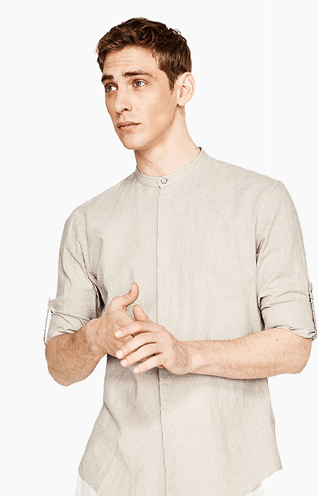🎨 Abstract vs. Realism in Art: Two Worlds, One Canvas

Art has always been a reflection of the human experience, shaped by culture, emotion, and imagination. But within that vast universe, two powerful styles stand as contrasts—and complements: Abstract art and Realism.
While one embraces the raw essence of emotion and form, the other seeks truth in detail. So, what really separates these two approaches, and why do both continue to captivate us?
🖼 What is Realism?
Realism is the art of representation. Artists working in this style aim to capture the world exactly as it is—whether it’s the texture of skin in a portrait, the light glistening off a lake, or the everyday life of people in motion.
Key traits of Realism:
High attention to detail
Accurate proportions, lighting, and textures
Often features people, nature, or scenes from real life
Objective and observational
Think of artists like Gustave Courbet or Jean-François Millet—their works feel like stepping into a window of another time.
🎨 What is Abstract Art?
Abstract art flips the script. Instead of focusing on realistic depiction, it uses color, shape, and form to convey ideas, emotions, or concepts. It’s not about what you see—but how it makes you feel.
Key traits of Abstract art:
Distorted or non-representational forms
Emphasis on emotion, symbolism, or rhythm
Bold use of color and shapes
Open to interpretation
Pioneers like Wassily Kandinsky and Piet Mondrian created visual languages that moved far beyond the visible world.
🧠 Realism Appeals to the Mind, Abstract to the Soul
Realism speaks to our logic and recognition—it connects us to moments we've experienced or long to witness. Abstract, on the other hand, often bypasses the conscious mind and goes straight to the gut. It's raw, personal, and emotional.
Neither is superior—they simply serve different purposes.
Want to tell a story grounded in the physical world? Realism is your tool.
Want to express a feeling that words can’t touch? Abstraction might be your voice.
🖌 Where the Lines Blur
Interestingly, many modern artists blend both styles. You might see realistic figures set against abstract backgrounds, or abstract forms inspired by realistic subjects. This fusion allows artists to explore truth through both representation and expression.
🎯 Final Thoughts
Abstract and Realism aren’t just styles—they're languages. One speaks in whispers of emotion; the other in clear lines of sight. Whether you find yourself drawn to the chaotic beauty of abstraction or the grounded storytelling of realism, both offer a rich path of exploration.
Art isn’t about choosing sides—it’s about finding your voice.





























